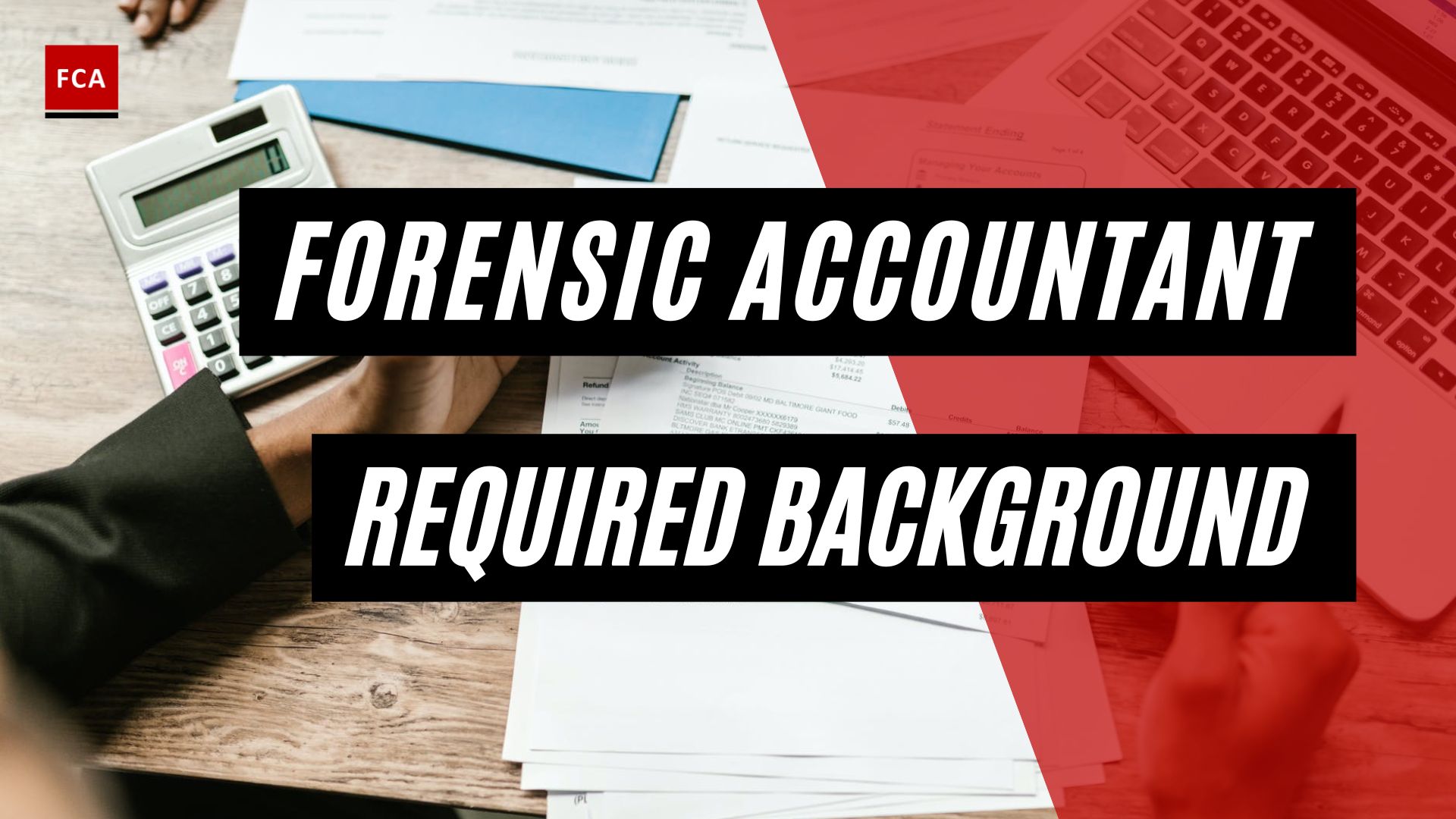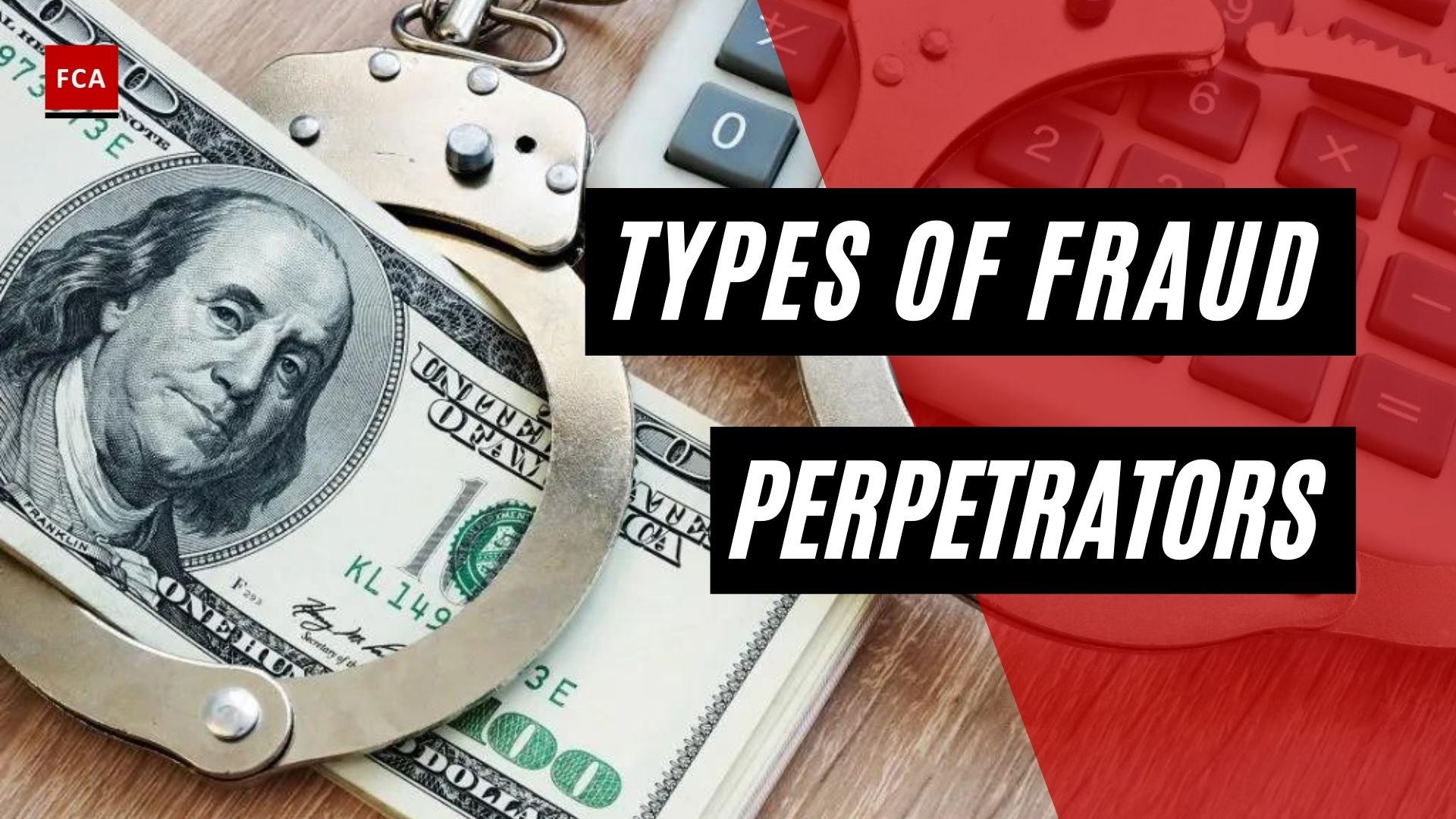Hypothesis development is appropriate for many investigations. A hypothesis is like a prediction. It will often take the form of a proposed relationship between two or more possibilities that can be tested by experiment. Not all investigations will have a hypothesis. However, the hypothesis that is directly related to the investigation helps focus the ideas.

Hypothesis Development
Information that triggers an investigation may come from a variety of places both within and outside the organization. Someone might make a complaint, someone may provide information, or a referral might be received from another agency outside the organization. Regardless of how the information is received, it should be closely analyzed. This involves breaking down the information to identify what is fact and what is suspicion, point of view, or possible exaggeration, that is, what did the person perceive?
Confirmatory data analysis is another term for statistical hypothesis testing. It is a method of deriving conclusions from data. You develop a hypothesis or theory about what you might see in your research during the process. The hypothesis is then tested against the data collected.
Hypothesis testing is commonly used when comparing two groups or comparing a group to an idealized position.
Managing And Interviewing Sources
Anonymous sources of information from an anonymous source can be investigated. It should be treated like any other piece of information. Some useful questions to ask are: is a fact-finding investigation appropriate? Do I have enough information based on the source to conduct an investigation? Can I find information elsewhere? Is it a significant issue for the organization?
Managing Sources
Asking the person to provide the information regarding their objective is an important step in an investigation. While investigators do not act on behalf of the source and are not bound to do what the source wants, it is a useful way of identifying and managing their expectations. After talking to the source, it might be clear that a fact-finding investigation may not be the best approach; rather, a different way to solve the problem might be better.
It may be important to make a limited assessment of the motives of the source in providing the information, for example, in determining whether the information constitutes a public interest disclosure. In the same way, it is important to consider the reliability of the information provided and whether the source may be exaggerating. Care should be taken to avoid sweeping assessments of the source. Just because a person might be angry or upset about something does not mean that the information they provide is false.
Interviewing Sources
Obtaining an initial account from the source of an allegation is usually one of the most critical parts of the investigation. Big decisions are likely to be made based on this initial information. As much detail must be obtained as possible to support good initial planning and decision-making. The credibility of a source and the investigation may be affected by the nature of this first interview. If important details are omitted, this may raise questions regarding the integrity of the source’s information.
Why was this information not offered initially? Was it because the source is making the information up to meet their dishonest convenience, as other information emerges? Or was it because the interviewing officer lacked the competence to properly interview the source?
These are the types of concerns that may be raised if the initial interview is not conducted carefully and fails to draw out all relevant available information. It is important to be well prepared for the initial interview with a source.
Recording The Information Provided By The Source
Sit down with the source and make a record of their information. Wherever possible, it is preferable to tape-record an interview with the person. If this is not possible or agreed to by the person, then commit their information to write. Reduce the information to a description of the exact nature of the conduct, who is involved, what functions and policies of the organization are affected, and the time, date, and location of any conduct described by the source.
Whether or not the source signs the record of information is immaterial to a fact-finding investigation, but by all means, get him or her to read the summary, check it, and sign it if he or she wishes. Do not send the person away and demand that he or she put information in writing. The main objective is to draw out the appropriate information.
The written document can then be used to refer to the information elsewhere if needed. Ask the source to keep things confidential. It is also worthwhile to explain to the source that it is in their best interests to keep the fact that they have approached the investigation team and the content of their complaint confidential. If the source reveals the details of the interview to anyone else or makes allegations in public, it is done at their own risk.
Final Thoughts
A development hypothesis describes what will happen if a specific intervention or a combination of several building blocks critical to achieving a specific development outcome is implemented. It aids in providing a link between the underlying theory and the specific research question. It aids in data analysis and assesses the research’s validity and reliability. It serves as a foundation or proof of the research’s validity.








